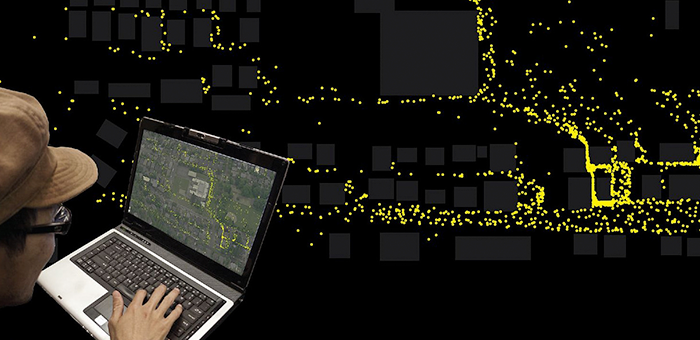Do you curate eyewitness reports to document human rights abuses? We want to hear from you!
Also available in Spanish.
In the United States, it is bystander footage of fatal police encounters. In Syria, it is YouTube videos of chemical weapons attacks. In the Ukraine, it is Instagram feeds of soldiers showing the movement of Russian military vehicles.
Around the world, activists, journalists, and human rights investigators are using citizen reports to monitor human rights violations. While any one report may document a single moment, perspective, or abuse, collectively they can show trends over time and geography, corroborate other reports, provide multiple perspectives of one event, and reveal patterns that only emerge by looking at large datasets.
But the process of compiling and verifying dozens, or hundreds, of those reports is not as intuitive as the process of taking out a phone, hitting record, and sharing a single photo or video online. Many of WITNESS’s peers around the world are developing ways to curate citizen footage and other open-source reports, and are looking for models to replicate, tools to use, and resources to help guide their own process.
So we are reaching out to our network of human rights activists with the question: Do you curate online reports to document human rights abuses?
If you have used or created a platform to track open-source reports of a particular human rights issue, we want to hear from you. It could be a map that plots verified tweets of election irregularities, or a database of documented violence against protesters. You don’t need to use a custom-made tool or website–though it is fine if you do–as we hope to share models of open-source curation that are easily replicated. The purpose of this survey is to connect practitioners with one another, share tools, resources, and learnings, and identify shared objectives and challenges. We’ll share findings in the fall on the WITNESS blog.
The only requirements are that:
- The project gathers eyewitness reports created by average people, not necessarily with the intended purpose of such a database. Such reports, for example, may be YouTube videos, Tweets, photos shared on WhatsApp, or other such online data often described as “citizen reporting.” This means that finding and verifying the reports will be a necessary part of the data collection process, and safety and ethics may be important considerations in using the data.
- By organizing such reports into a database, you are able to provide greater context about the human rights issue.
Have you developed a project that fits the bill? Share your work with us by completing the form below.
Feature Image: Flickr/Intel Free Press (CC BY-SA 2.0)

